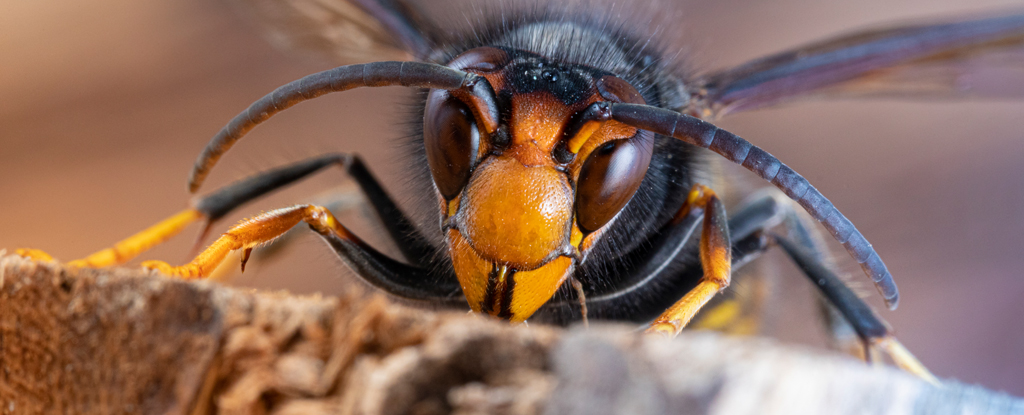Invasive species have a notorious ability spread rapidly through unprepared ecosystems, wreaking havoc in their path.
The Asiatic Hornet (Vespa Velutina), is no exception, expanding its range by more than 80 kilometers (50 miles) a year while preying on honey bees, hoverflies, and other insects.
Almost 20 years ago, the beefy little spikes – often referred to as “murder hornets” – first appeared in Europe and eventually leapt across the Channel, where they were spotted on British soil in 2016.
Genetic Analysis has now arisen Their rapid and widespread infestation in the West was likely the result of a single wasp that made its way into France from China in 2004.
“Our research has demonstrated the remarkable potential for population expansion of eusocial insects in infested areas, even when initial genetic diversity is extremely low,” says Ecologist Simon Harrison from University College Cork.
University College Cork zoologist Eileen Dillane and her team analyzed three genes from the Asian hornet’s first recorded arrival in Ireland in April 2021 and compared them to sequences from wasps found in mainland Europe. All genes were mitochondrial genes passed down the female line.
“Previous work had shown that Asian hornets in Europe appeared to share the same genetic ancestry based on studies of a single gene. We went a step further and examined two additional genes that would be more sensitive in detecting variation within the invasive population. ” explained dillane
Results showed that the maternal wasp lineage found in Dublin was the same across Europe.
“Our results, along with those of other groups, suggest that the entire population of V. velutina in Europe, now numbering possibly many millions of individuals, are descended from a single mated queen who arrived from China about 15 to 20 years ago. writes the team in her paper.
In its native Southeast Asia, the Asian hornet preys on Asian honey bees that have a complex warning and prey defense system. You will mob an attacking wasp in a bee ball, overheating to death. Unfortunately, European honey bees lack these defensive behaviormaking them easy targets for the wasps, raising concerns about pollination services across the continent.
Fortunately, while Asian wasps have a nasty sting that some people can be allergic to, unlike humans, they are not aggressive European wasp.
The very low genetic diversity within the European population of V. velutina could offer potential for biological control, Dillane and colleagues note.
Unfortunately, the researchers too to warn, “Climate change is likely to increase the risk of a successful invasion in the future, so vigilance against this species must be maintained.”
Their research was published in Hymenoptera Journal.





